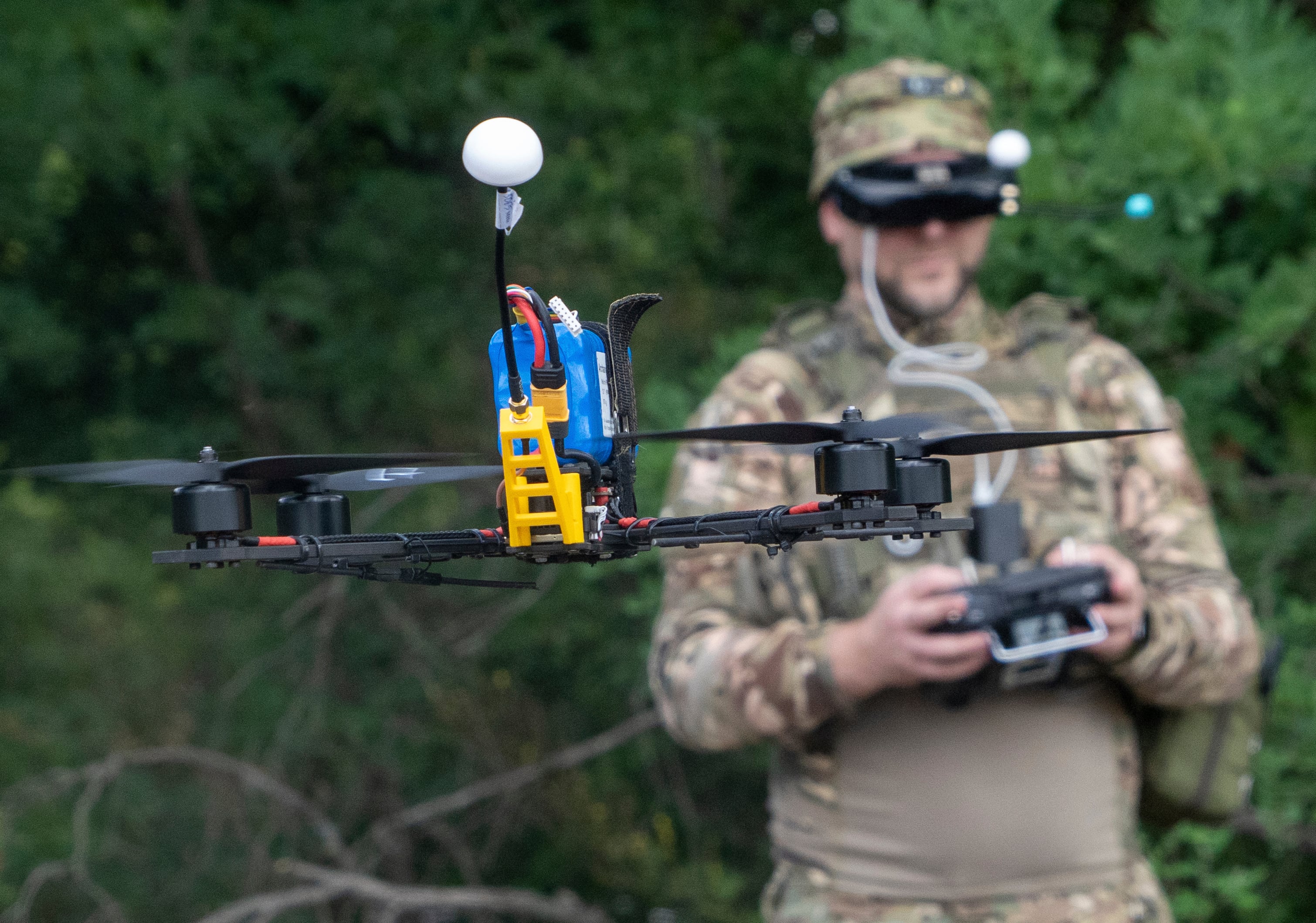The Office of Naval Research is working on a way to translate millions of lines of legacy computer programming so that it can be read by the latest microchips.
Manufacturers in recent years have made chips faster and more powerful by placing multiple processing units on individual chips. That’s good. The bad news for the military has to do with its legacy systems, most of which were not programmed to talk to these multiprocessors.
It would take untold thousands of hours to rewrite existing code to perform on the latest chips, so Dr. Sukarno Mertoguno, an ONR program office, is sponsoring research by Dr. Binoy Ravindran, an engineering professor at Virginia Tech, to compile different programming languages into a common lingo recognizable by any processor.
“This is designed to make the process automatic, to partition that processor and to know automatically which part of the program runs in each architecture,” said Mertoguno.
Known as “Popcorn Linux,” the tool in development‘s capabilities have already been successfully demonstrated in the lab.
Military ISR has a special interest in gaining access to the high-speed, multifunction processing available on so-called “heterogeneous” chips. Modern battlespace awareness applications demand extremely powerful processing capabilities, yet military systems may date back decades and be built on highly specialized code with multiple layers of patches.
Many radar applications, for example, are built on the PowerPC architecture, Mertoguno noted. These could run better on a graphics processing unit, as could digital signal processing applications, but it’s first necessary to do the meticulous work of translating from legacy application to modern processor.
Nor is this a simple problem to solve: The ONR team has been at it since 2013 and, while they say they are getting close to a fix, the technical challenges are significant.
In order to take an existing function and translate it for use on an upgraded processor, programmers need to develop a system that can automatically and instantaneously determine which functions map to which parts of the processor.
“Do I want to go extra fast? Do I want to be more efficient? Maybe I want to save on power,” said ONR Program Officer Ryan Craven “There are different goals and the compiler has to look at the code and understand not just how to translate it, but how to do that within those goals. It has to know who is good at what.”
To better understand the problem, it helps to look at the researchers’ favored analogy, which involves the home handyman. In previous decades a homeowner might hire a handyman to fix up a bathroom: new plumping, new electric, a fresh coat of paint. A single worker, or in this case a conventional processor, could handle the entire load.
In the multifunction processor analogy, a plumber handles the piper, an electrician does the wiring and a painter paints the walls. Heterogeneous processors are more specialized, and they require more specialized instructions.
“We want to bridge that gap,” Craven said. “We want to be able to have a single language and have it handle all those complex tasks.”
As an open-source product, Popcorn Linux can be implemented by anyone. If commercial users see some advantage, for example, in the prospect of being able to translate their own legacy systems, that could speed development.
At the same time, the system offers a potential win in the security arena, which could also draw the attention of potential users across both military and industrial arenas.
When legacy systems are translated for implementation on heterogeneous chips, there’s typically a pretty clear line between form and function: This aspect of the chip controls this function. That presents a security liability, a too-visible vector for attackers to consider.
In translating legacy code, Popcorn Linux effectively makes the entire chip available for any function. This could obscure the tell-tail trail and make it harder for adversaries to disrupt a specific operation on a chip. “Now you cannot pinpoint which software is running on which type of processor at any given time,” Mertoguno said.
The promise of enhanced security could potentially give a boost to the new system. The development team says it will be joining with industry partners later this year to create a version of Popcorn Linux robust enough to meet Navy and Marine Corps standards.








